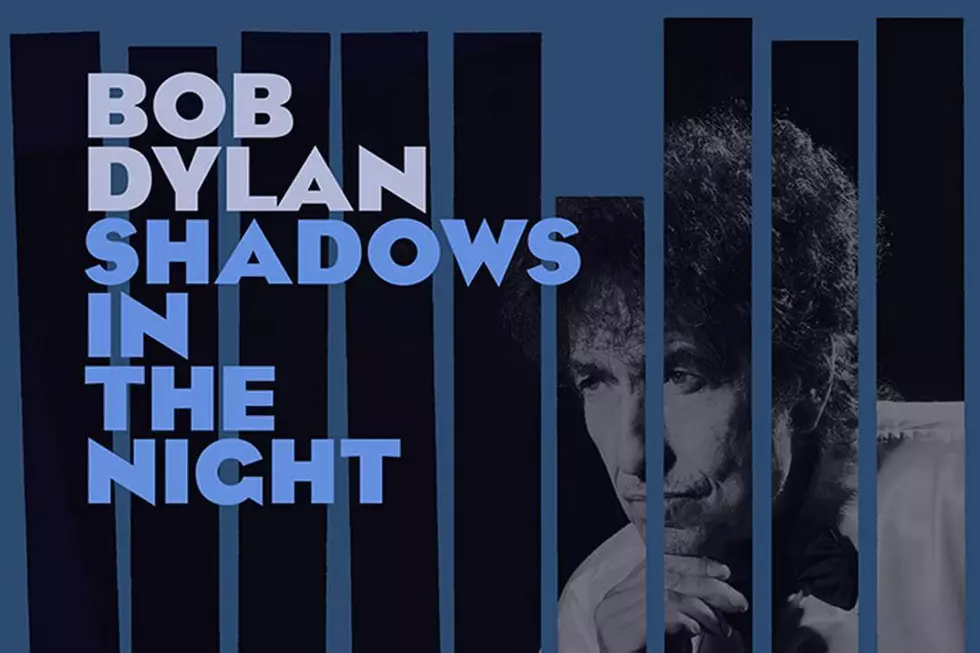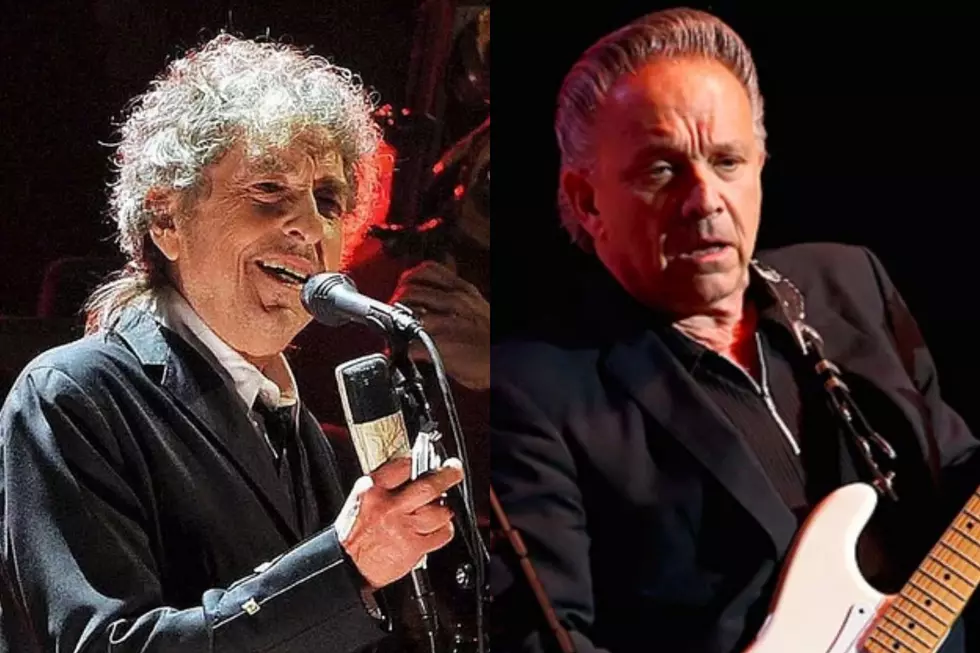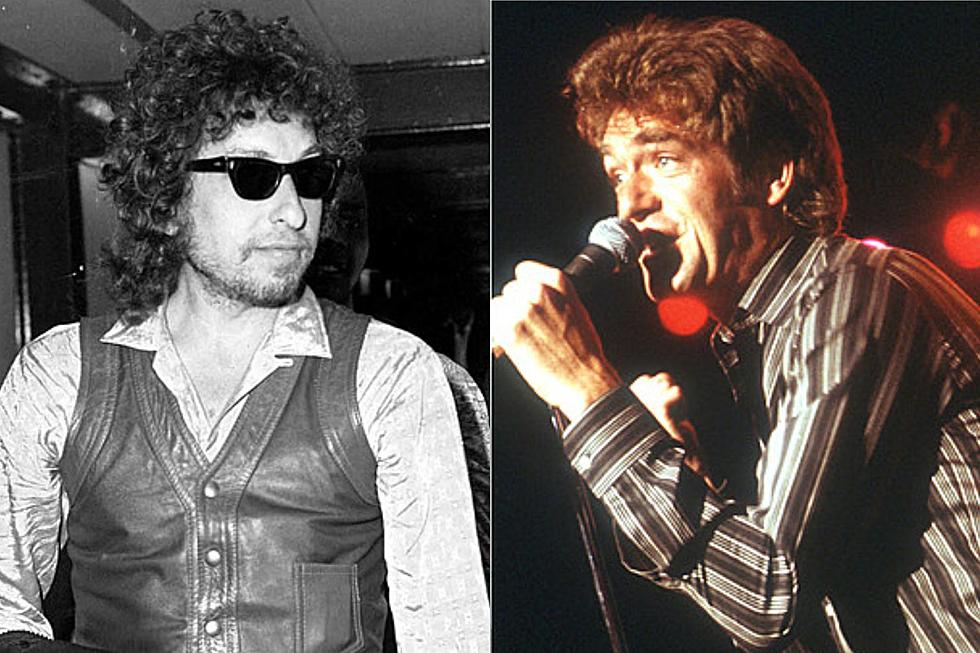
Bob Dylan, ‘Shadows in the Night': Album Review
First the Christmas album, and now this? Has Bob Dylan lost it again?
Ever since the greatest singer-songwriter of his generation mounted a mid-'90s comeback with Time Out of Mind, the general consensus has been that the artist's recent string of records – stretching from that 1997 LP to 2012's Tempest – rival his classic records of the '60s. They don't. They're mostly good. Some of them (Time Out of Mind, Love and Theft, Modern Times) are near great. But they're not as great as Bringing It All Back Home or Highway 61 Revisited or Blonde on Blonde.
Christmas in the Heart, Dylan's 2009 holiday album, would be an embarrassment if it wasn't so goofy (and if Dylan weren't so game to play the goofball). His other record from that year, Together Through Life, was totally forgettable. And Tempest pretty much traveled way too familiar ground at that point. Shadows in the Night, his 36th studio album, is Dylan's take on the Great American Songbook – covers of 10 songs that go back to the '30s.
Much has been made of Frank Sinatra's association with these cuts, but don't read too much into that. Most people don't think of Sinatra when they hear "That Lucky Old Sun," and if Ol' Blue Eyes was on Dylan's mind when he recorded these tracks – most of them were completed live in one or two takes – he sure doesn't let on. Shadows in the Night is a collection of pop standards written at a time when dozens of singers would chart simultaneously with the same song. Dylan is just the latest to give them a spin, albeit more than a half century later.
The raging, snarling voice of "Like a Rolling Stone," "Idiot Wind" or even something from 1983's Infidels is nowhere to be found here. Dylan gave all that up years ago, but the best of his most recent records at least reproduced a semblance of the blues and R&B in his tone and phrasing. Here, he sounds mostly detached from the songs, but not quite the music, which fits Dylan's semi-flippancy in its own way.
Strings, horns and other accompaniments that usually show up in these songs are mostly missing from or dialed back in Dylan's interpretations. And so is the smooth vocal performance most of these ages-old compositions are used to receiving. Dylan is a rock 'n' roll singer, a great rock 'n' roll singer. He isn't a traditional singer by any means. And these songs, some for three-quarters of a century now, have been sung by artists whose breaths, expressions and delicate phrasings have been praised almost as long. To hear them interpreted in such casual manners is a disservice to both the songs and to Dylan.
You want to believe in his passion for the project. Or at least in his unabashed commitment. And there is warmth and coziness to Shadows in the Night, especially in the five-piece band's reserved performance. And Dylan's subtle readings of "I'm a Fool to Want You" and "Stay With Me" reveal the sweetly vulnerable crooner who's apparently existed for years inside of the testy rock legend.
But it's hard to get worked up over Dylan's latest move. More so than any other music icon, he's evolved continuously, if not consistently, rarely resting on the myth he's so often dismissed. And there are certainly moments on Shadows in the Night – "Autumn Leaves," "Full Moon and Empty Arms" – where the dots can easily be connected to his work from the past couple of decades, right down to the rough vocals and ghostly arrangements that stamp the tracks.
Dylan has stumbled before. And he even managed to recast one of most maligned records, 1970's Self Portrait, as an intriguing - and surprisingly excellent – edition of his Bootleg Series in 2012. Shadows in the Night isn't in that much need of repair. But the Dylan here is like the Dylan from Christmas in the Heart – a rock legend in his winter years playing around with the music of his youth. His memories, and his interpretation of them, will always be more satisfying to him than they will be to us.
See Bob Dylan in Key Moments in Country Rock History
Why Don't More People Like This Bob Dylan Album?
More From Ultimate Classic Rock









